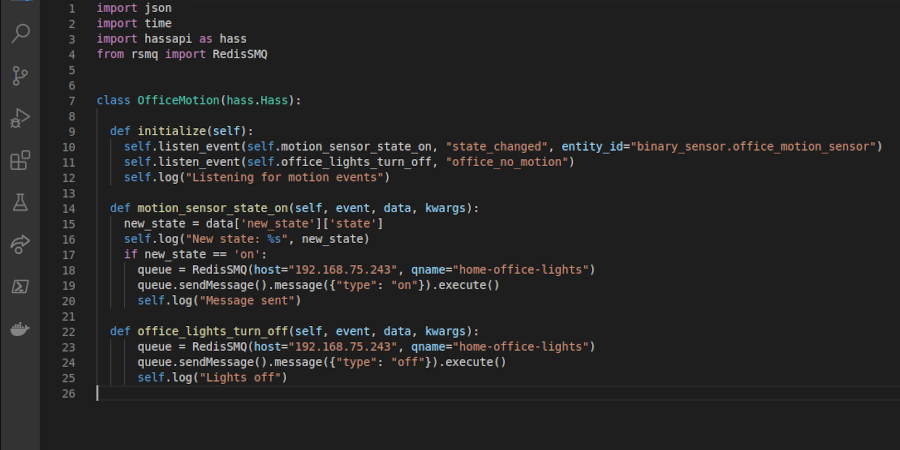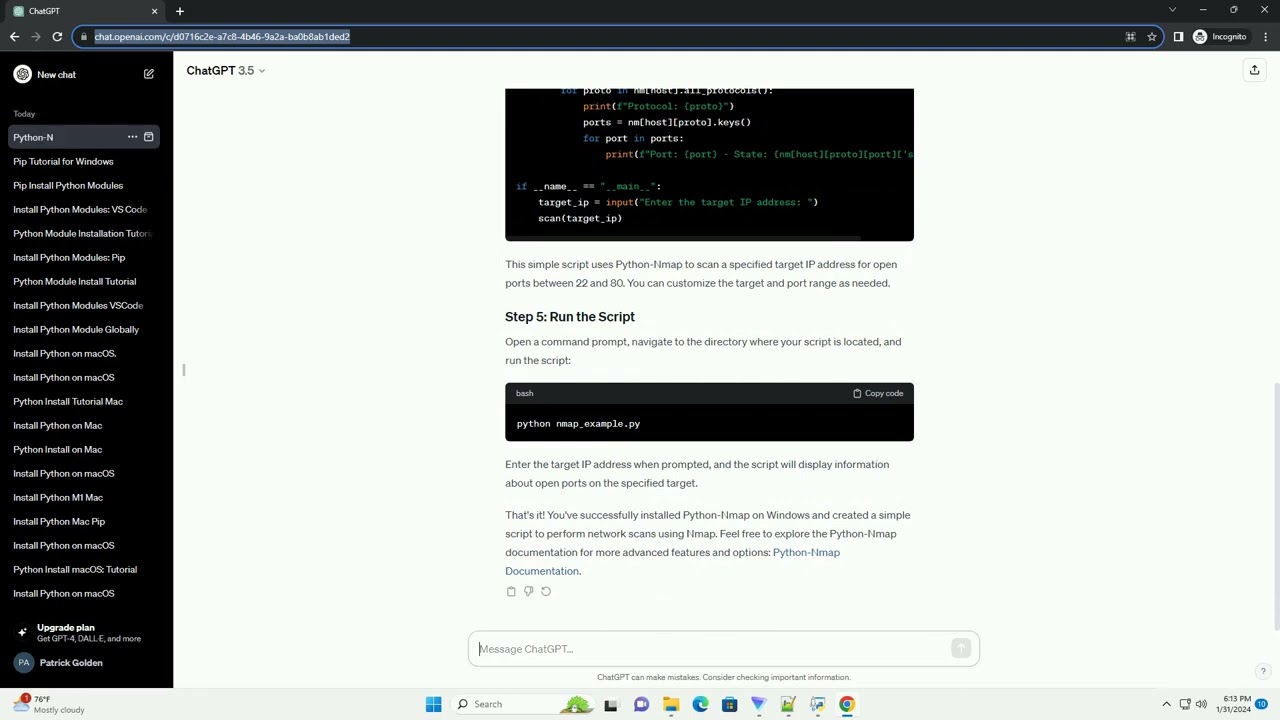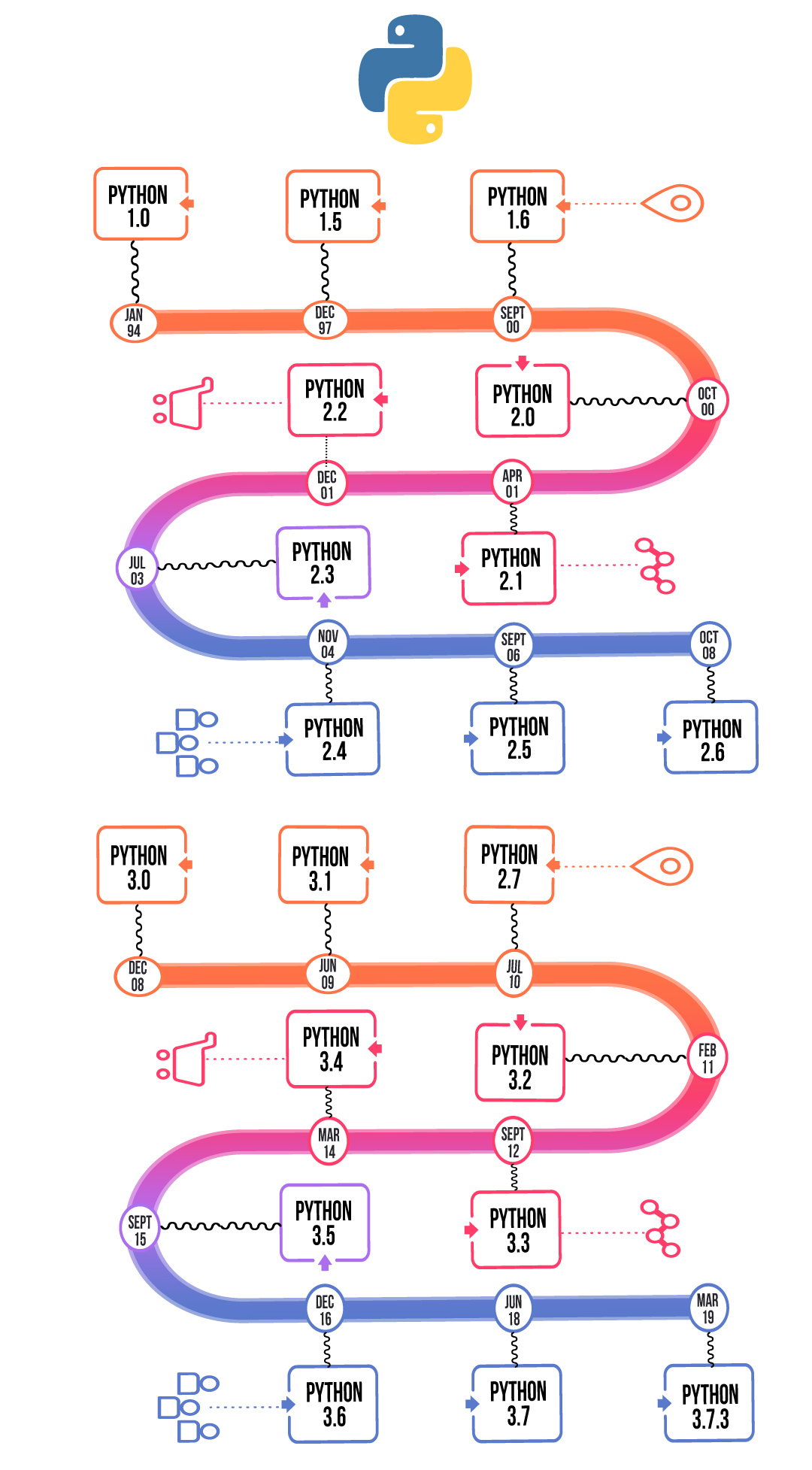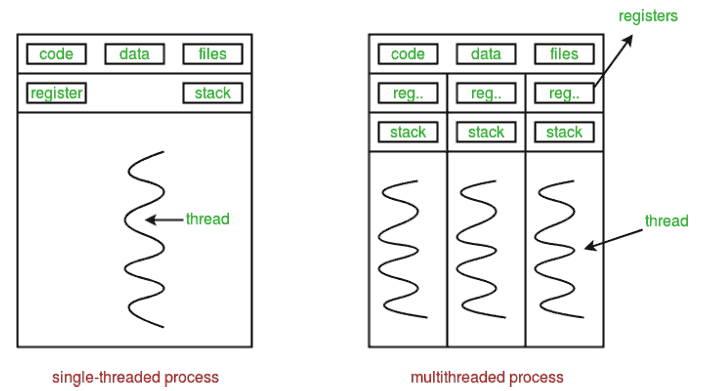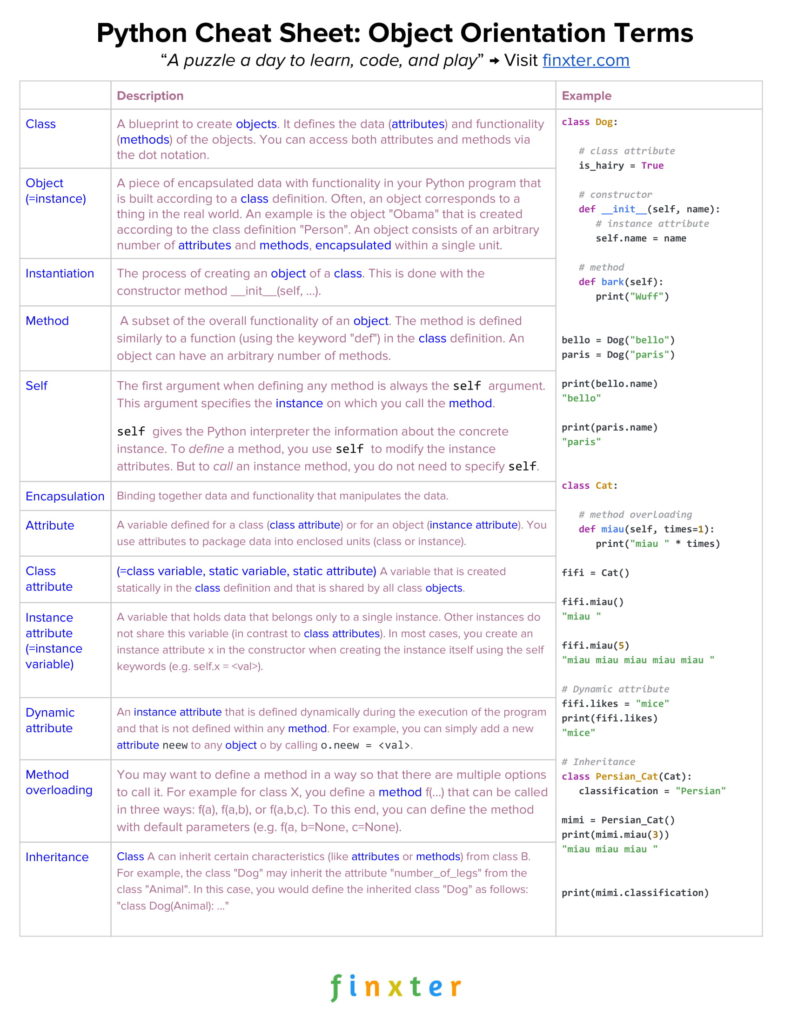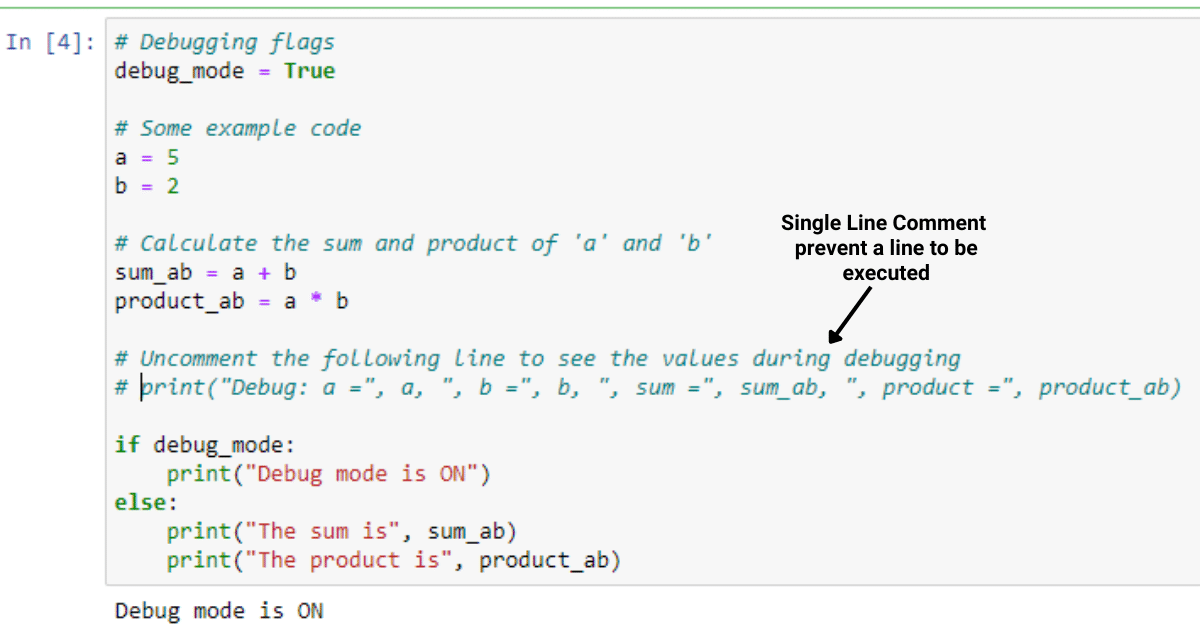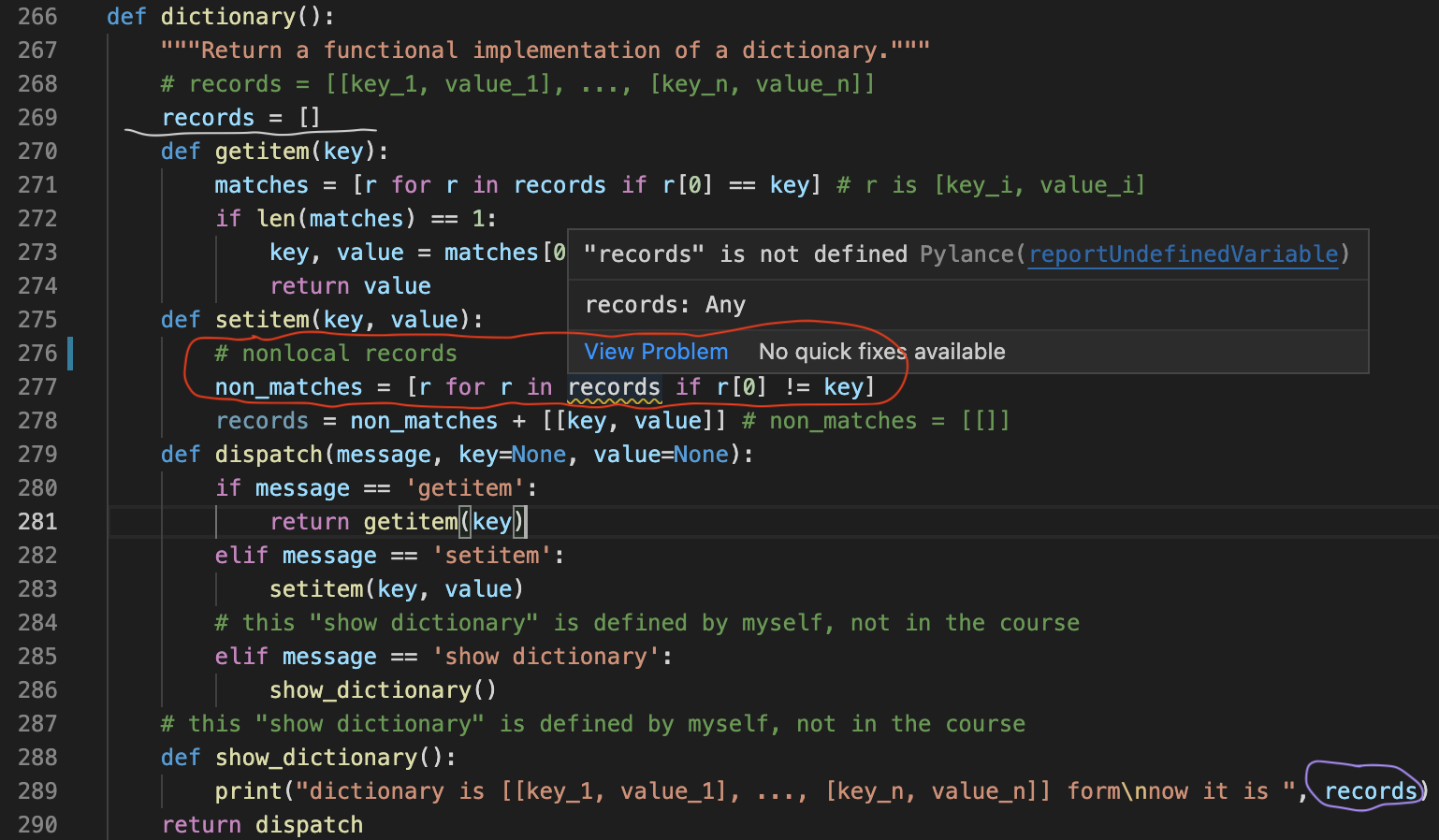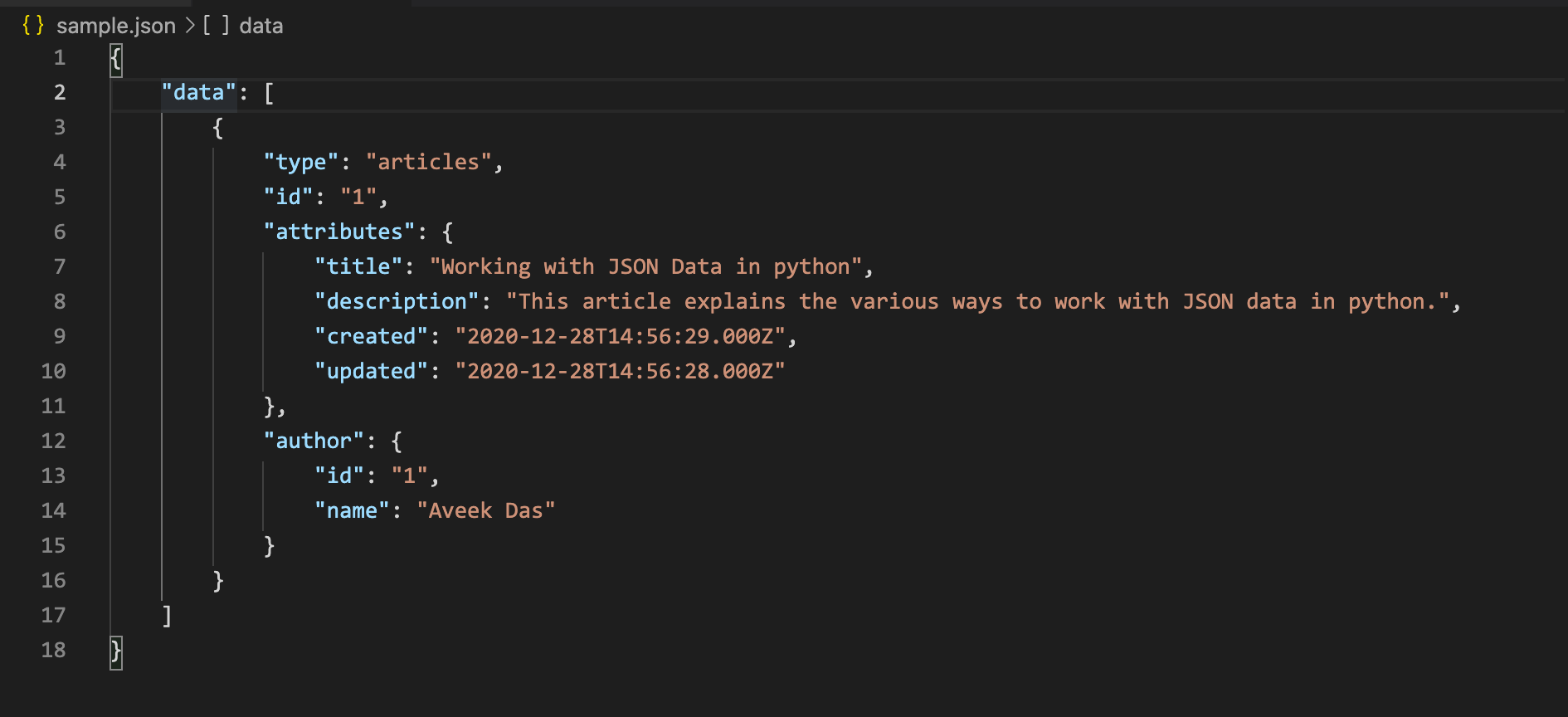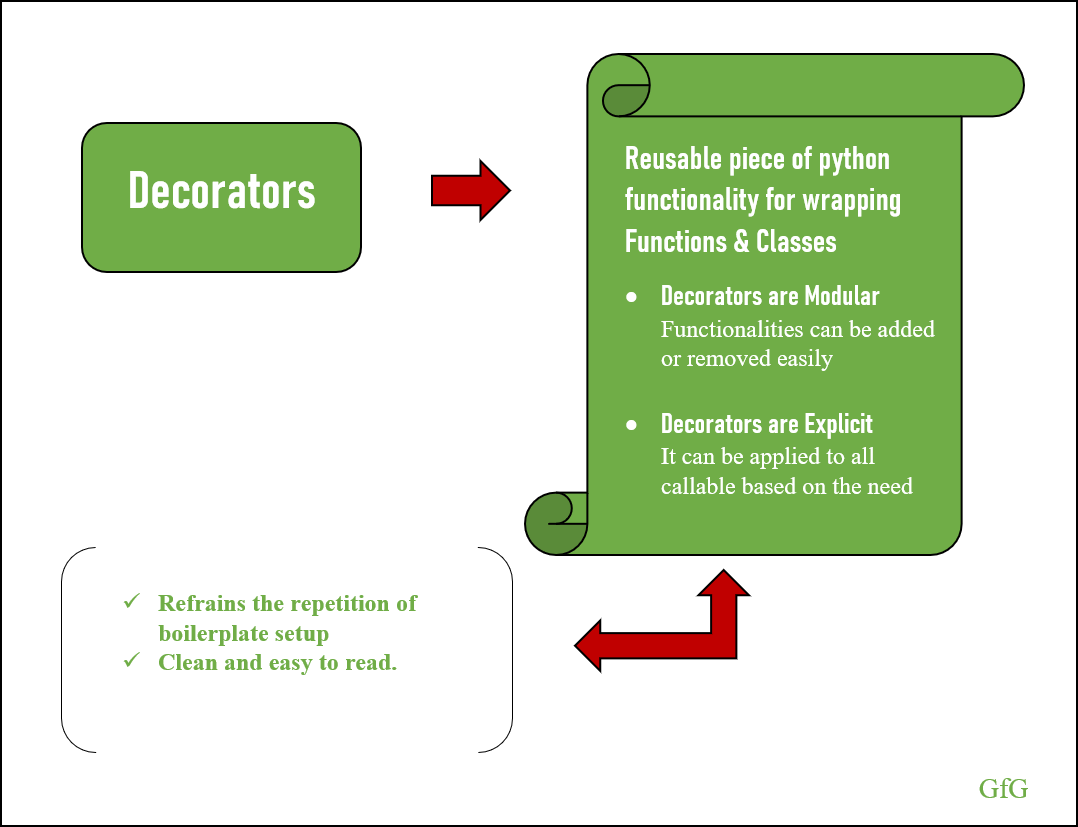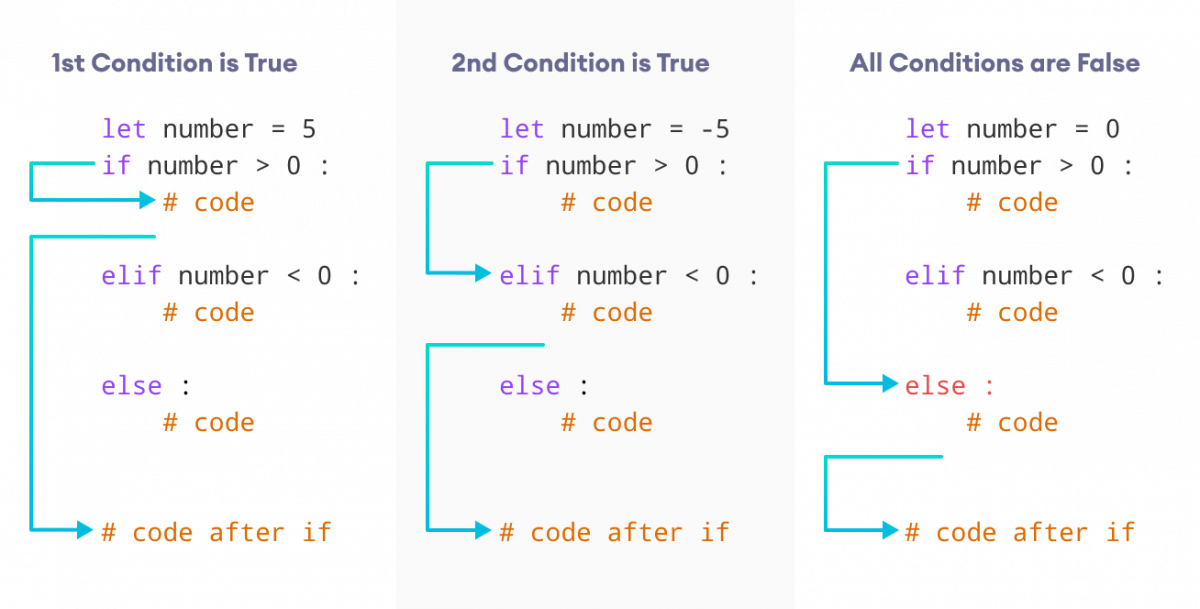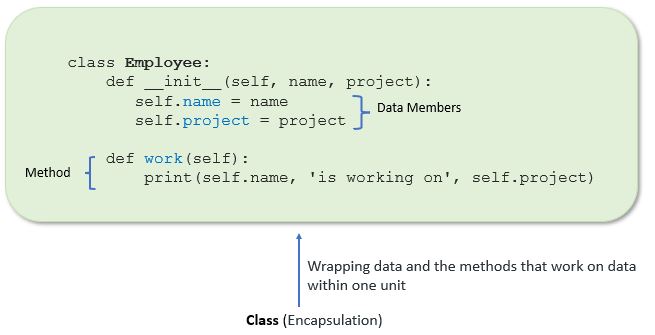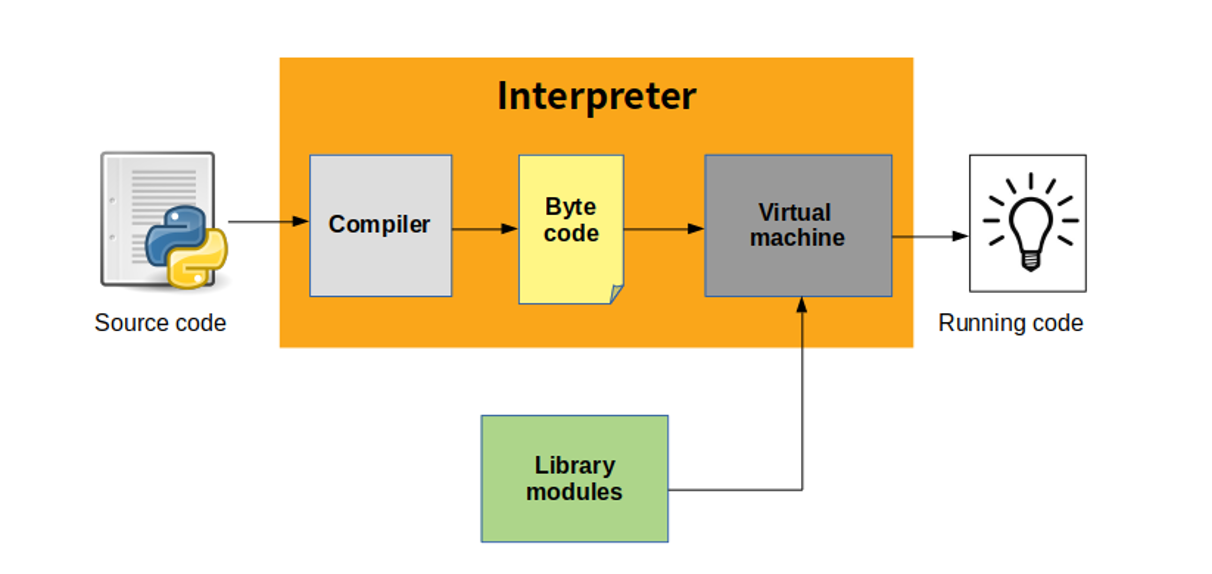Python file input/output example
Python file input/output example

Here is an example of reading and writing to a text file using Python:
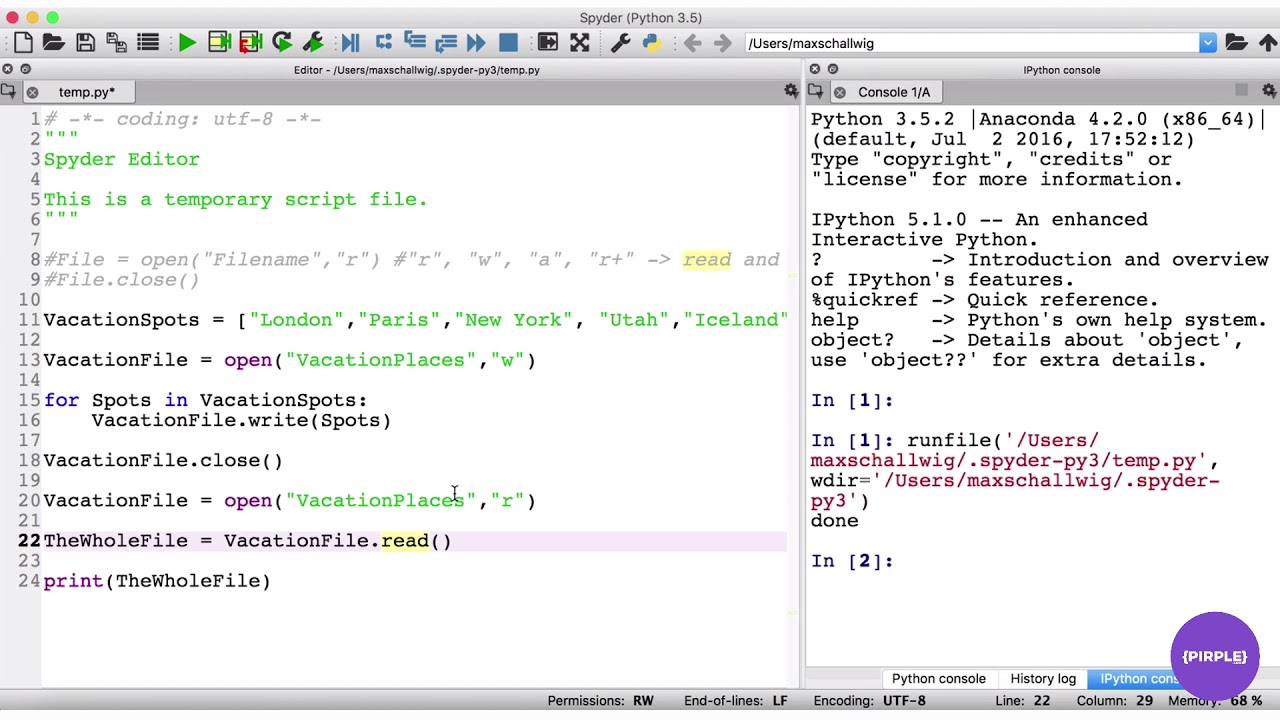
# Read from a text filedef read_from_file(file_name):
try:
with open(file_name, 'r') as f:
content = f.read()
return content
except FileNotFoundError:
print(f"The file {file_name} does not exist.")
return None
Write to a text filedef write_to_file(file_name, content):
try:
with open(file_name, 'w') as f:
f.write(content)
except IOError:
print(f"An error occurred while writing to the file {file_name}.")
return False
Example usageif name == "main":
Read from a text filecontent = read_from_file('input.txt')
if content is not None:
print("Content of input.txt:n", content)
Write to a text filenew_content = "Hello, World!nThis is a test."
write_to_file('output.txt', new_content)
In this example, we have two functions: read_from_file and write_to_file. The read_from_file function takes the name of a file as input and tries to open it in read mode. If the file exists, it reads the content of the file and returns it. If the file does not exist, it prints an error message and returns None.
The write_to_file function also takes two inputs: the name of a file and some content. It tries to open the file in write mode and writes the content to the file. If an error occurs while writing to the file (for example, if the file is already being used by another program), it prints an error message.
In the __main__ block, we demonstrate how to use these functions by reading from a text file named 'input.txt', and then writing some new content to a text file named 'output.txt'.
Here are the steps to run this example:
Save this Python code in a file with a.py extension (for example, file_io.py). Create a new file called input.txt. Add your desired content to the input.txt file. Open a terminal or command prompt and navigate to the directory where you saved file_io.py. Run python file_io.py. This will read the content of input.txt, print it, and then write "Hello, World!nThis is a test." to a new file named output.txt.
Remember that Python programs are case-sensitive and require correct syntax.
What is input and output in Python console?
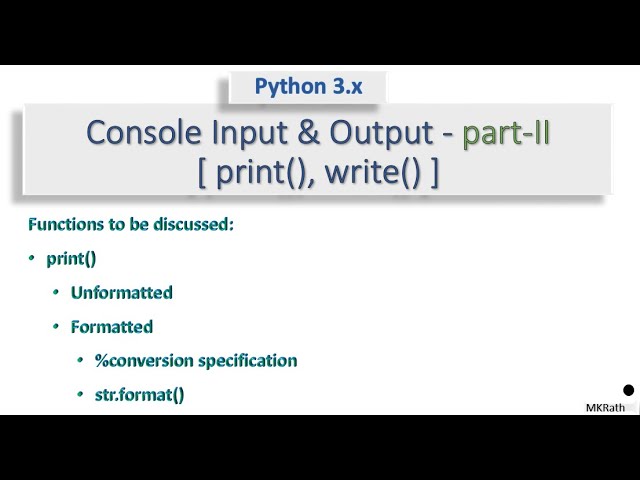
I see you've followed the rules! Now, let's dive into the world of Python programming.
In a Python console, "input" refers to the data that your program receives from an external source, such as user input, file input, or network input. This input can be in various forms like strings, integers, floats, etc. The primary purpose of handling input is to collect and process information from outside the program.
On the other hand, "output" refers to the result or data that your program produces or generates after processing the input. In a Python console, output typically takes the form of printed text on the screen, but it can also be written to files, sent over a network, or used as input for further processing.
In a Python console, you can interact with the interpreter by typing commands and seeing the results immediately. You can use this interaction to explore the language, test code snippets, and debug your programs.
Some common examples of input in a Python console include:
User input: This is when a user types something into the console, like asking for help or providing data. File input: Your program might read data from a file, such as a CSV or JSON file. Network input: Your program might receive data from another computer or device over a network.Some common examples of output in a Python console include:
Printed text: You can use theprint() function to display text on the screen. File output: Your program might write data to a file, such as a log file or a configuration file. Network output: Your program might send data over a network to another computer or device.
Here's an example of how you can work with input and output in a Python console:
# Ask for user input
name = input("What is your name? ")
Process the input (e.g., capitalize the first letter)
name = name.capitalize()
Print the processed output
print(f"Hello, {name}!")
In this example, you're asking the user to provide their name as input. You then process that input by capitalizing the first letter using the capitalize() method. Finally, you print a greeting message with the processed input.
In summary, input in Python refers to the data received from an external source, while output refers to the result or data produced after processing the input. Understanding how to work with input and output is essential for developing effective Python programs.
